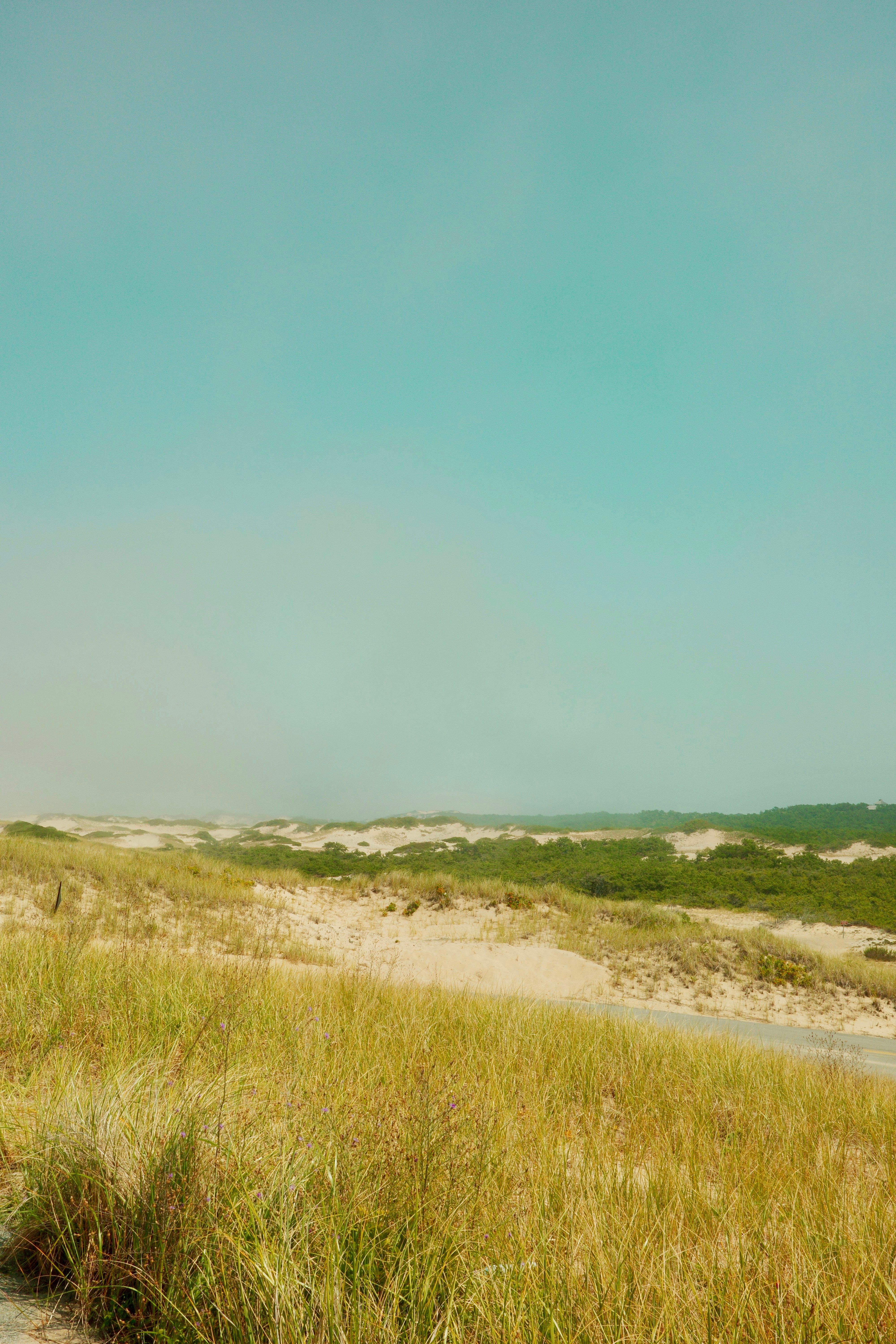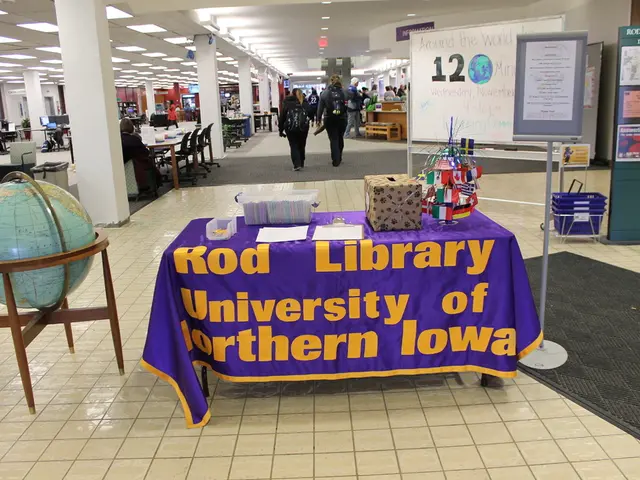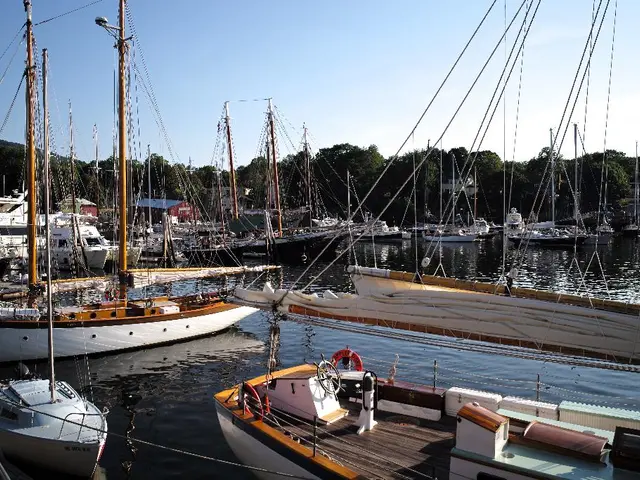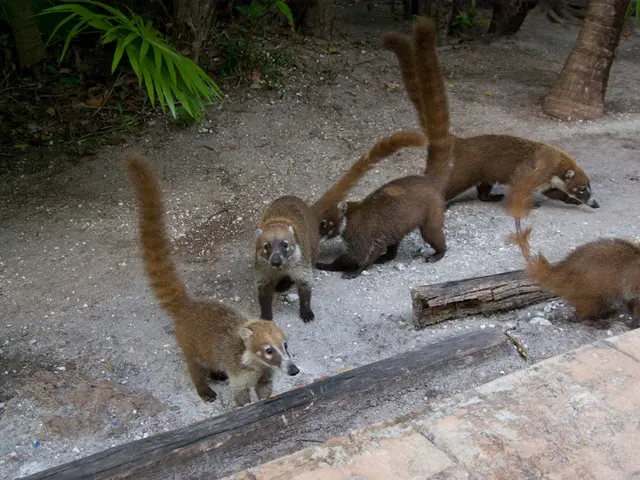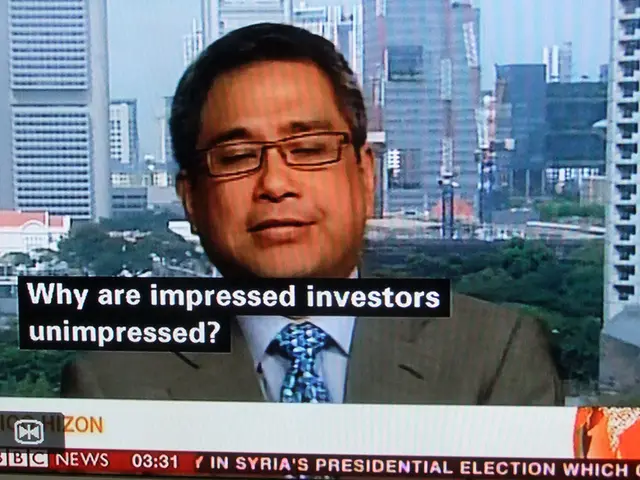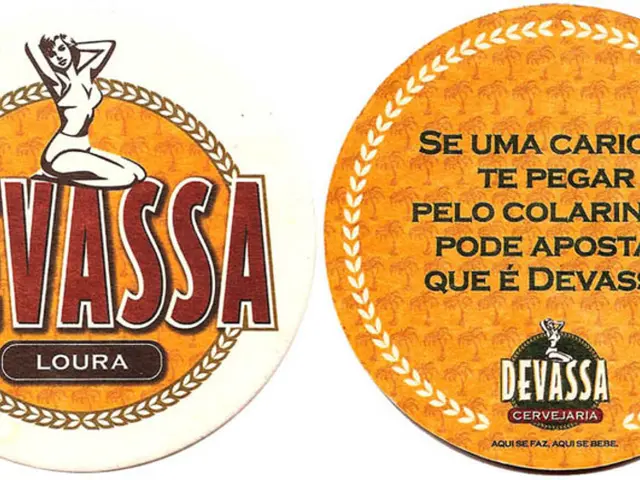Green Transformation of Mexico City's Largest Highway: Discovering the City's New breathe of fresh air
Transforming a Symbol of Bad Decision-Making into a Green Oasis
Mexico City, Mexico - In a city teeming with more than 22 million people, the scarcity of green spaces is a pressing concern. One man taking action to address this issue is Fernando Ortiz Monasterio, founder and director of Via Verde, a company dedicated to integrating nature into urban environments.
Ortiz's hometown is densely populated and faced with its fair share of challenges, but he expresses his love for the city amidst the green space deficiency. In Mexico City, there's only around 3 meters of greenery per person, significantly less than the World Health Organization's recommended minimum of nine square meters per capita or Natural England's suggested 20 square meters. This shortage is a health risk, particularly in a city where six out of every ten residents have chronic respiratory diseases due to poor air quality, resulting in more deaths annually than cartels.
Recognizing the problem, Ortiz set out to change the status quo. With over a decade of experience in finding innovative methods to add vegetation to the city—such as vertical gardens and green roofs—he realized the potential of transformed infrastructure as an alternative to vacant land. Soon, he set his sights on the iconic two-story motorway and the potential of its concrete pillars.
Obtaining the necessary permits proved to be a hurdle, as the mayor's office was resistant to the project. Ortiz understood that sustainable infrastructure was not a priority for the city's administration, prompting him to seek a solution from the people themselves. Using social media, he shared a rendering of the highway system adorned with lush greenery and posed two questions to the populace: Would you like to see this transformation happen, and who should pay for implementation and maintenance?
The responses were overwhelmingly positive, with 98.5% of the 27,000 participants expressing support for the idea. Concerns about the project's message to future mayors were few and far between, with 80% of people opting for private sector sponsorship in exchange for advertising space rather than increased taxes or private donations.
With data in hand, Ortiz sought a meeting with the mayor to discuss the project. Despite initial resistance, emails flooded the municipality's IT system, and within three days, 80,000 messages had reached their target. The mayor's office subsequently agreed to meet with Ortiz, leading to further negotiations and eventual permits for the project.
Construction on the first 10 pillars began in 2018, and the mayor commissioned an additional 100 pillars following successful completion. The total amount of green space added amounts to an extra 60,000 meters, with benefits including carbon dioxide capture, dust and heavy metal reduction, and improved air quality.
The project's financing primarily came from advertising partnerships with major brands, with Coca-Cola among the participants. There were criticisms regarding the involvement of unsustainable practices companies like Coca-Cola, but Ortiz acknowledges the need for their financial support and transparency about the initiative.
Tangible Benefits and Global Impact
The project has numerous tangible benefits for Mexico City, such as improved air quality, reduced heat and noise levels, and enhanced productivity and overall well-being for city inhabitants. While data on these benefits is complex and hard for people to comprehend, the one factor that resonates with them is the emotional impact of the transformed highway – people smile, and half a million pass through every day.
Other aspects of the story are equally noteworthy, such as the use of recycled rainwater for plant irrigation and the creation of jobs for low-income women through the production of hydroponic felt composites made from recycled materials like plastic packaging.
A Model for Urban Renewal Projects Worldwide
Thanks to its success, the Via Verde concept is being rolled out globally through a collaboration with the World Economic Forum. By using innovative solutions for green infrastructure and making implementation simple, Via Verde virtually eliminates geographical and linguistic barriers. This model could serve as an example for other cities seeking to create sustainable urban spaces and promote public-private-people partnerships.
- The project's success in Mexico City, led by Fernando Ortiz Monasterio, showcases the potential of integrating environmental-science solutions into urban environments, such as vertical gardens and green roofs, to combat climate-change and improve the lifestyle of city dwellers.
- The Via Verde initiative, with its focus on transforming infrastructure and creating green oasis' in cities like motorways, not only improves the food-and-drink, home-and-garden, and travel experiences through better air quality and reduced noise, but also inspires sports enthusiasts by offering green spaces for outdoor activities.
- The transformation of the motorway into a green oasis demonstrates the power of public-private-people partnerships, as evidenced by the overwhelming support from the people and major brands like Coca-Cola, which sponsor the project for advertising space in fashion-and-beauty.
- The global replication of the Via Verde model, enabled through collaboration with the World Economic Forum, presents an opportunity for cities worldwide to embrace environmental-science principles and create sustainable urban spaces that enhance the lives of their inhabitants, setting a precedent for future urban renewal projects.
